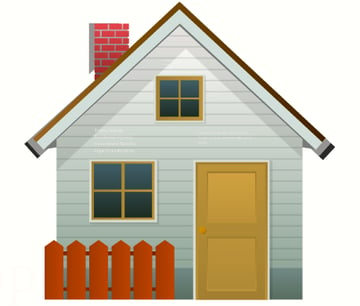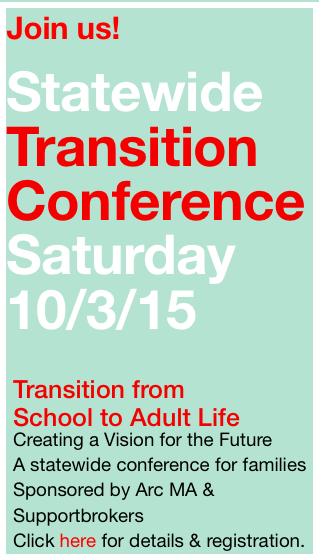 When planning a home for an individual with disabilities, the cost of the physical housing is many times a surprisingly small percentage of the total expense.There are 2 primary factors to consider in planning for lifetime residential options for your child with disabilities.
When planning a home for an individual with disabilities, the cost of the physical housing is many times a surprisingly small percentage of the total expense.There are 2 primary factors to consider in planning for lifetime residential options for your child with disabilities.
- Supports required - the level of assistance your child needs in order to manage their day to day activities.
- Your financial resources.
Assessing & Planning for Supports
Supports an individual may require for daily living ranges from individuals with medically complex situations (requiring assistance in all activities) to individuals in need of minimal supports.
Once you have identified the level of support your child requires, you must next determine the level of staffing necessary to provide this support. Staff is usually the largest expense to be considered when quantifying the cost of your child’s residential options. There are planning techniques that may be used to maintain the level of services your child requires and contain the costs within your budget. One example of this is to find opportunities to change the ratio of staff to individuals. Since the quality of a program depends on the support staff, establishing the optimum ratio requires skill and experience.
Planning for a Rich & Meaningful Life
Most importantly, the goal of planning should be to reach beyond your child’s baseline needs and provide the opportunity for an enriched and meaningful life for them. This goal requires a great deal of time and garnering of resources.
There is no one-size-fits-all best solution for all families. Your investment in a residence for your child is a factor in your own personal tax, retirement and estate planning. The key is to determine the best situation for you and your family as a whole.



